Do you have a question about the Bosch FLEXIDOME IP micro 3000i and is the answer not in the manual?
Specifies the recommended hardware and software for using the browser interface.
Details how to connect to the device via a web browser, including IP address and DHCP.
Explains password requirements for accessing the device at the 'service' level.
Details viewing live video, stream selection, ROI, and digital I/O.
Basic general settings including device identification and user management.
Managing user accounts, passwords, and authentication modes.
Methods for verifying video integrity, such as watermarking and digital signatures.
Camera-specific settings including installer menu, sensor mode, and image rotation.
Accessing and configuring camera settings like sensor mode, rotation, and LED.
Adjusting focus for motorized cameras, including IR-corrected lens options.
Automatic and fixed exposure settings for optimal image capture.
Letting the camera automatically set the optimum shutter speed.
Configuring the camera's transition between color and monochrome modes.
Controlling the IR illumination for night vision.
Enhancing image quality with HDR, backlight compensation, and noise reduction.
Configuring encoder profiles for optimizing video streams and bit rates.
Settings for maximum bit rate and averaging period for stream optimization.
Configuring image recording to iSCSI systems or SD cards.
Defining characteristics of recording tracks for scheduling.
Linking recording profiles to specific days and times.
Configuring VCA for detecting and analyzing changes in video images.
Detecting tampering of cameras and cables using various options.
Comparing current video with a reference image to detect tampering.
Documenting alarm states via e-mail with JPEG attachments.
Integrating the device into a network with various settings.
Managing network components using SNMP and UPnP.
Instructions on using the hardware reset button to restore factory defaults.
| Lens | Fixed lens |
|---|---|
| Ingress Protection | IP66 |
| Impact Protection | IK10 |
| Sensor Type | CMOS |
| Aperture | F2.0 |
| WDR | 120 dB |
| Frame Rate | Up to 30 fps |
| Resolution | 1920 x 1080 |
| Image Sensor | 1/2.8" CMOS |
| IR Range | Up to 15 m (49 ft) |
| Power Supply | PoE (IEEE 802.3af) |
| Operating Temperature | -30°C to +50°C |
| Video Compression | H.265, H.264, MJPEG |
| Bit Rate | Up to 10 Mbps |
| Network Interface | 10/100 Base-T Ethernet |
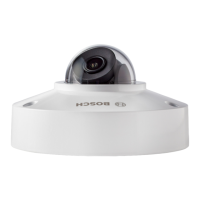

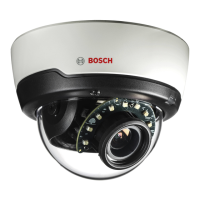


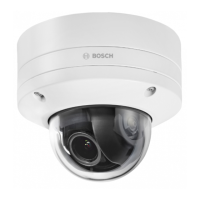
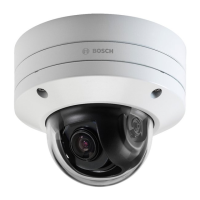
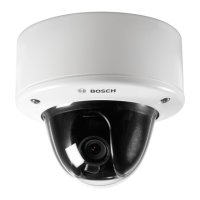
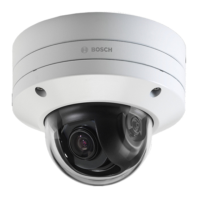
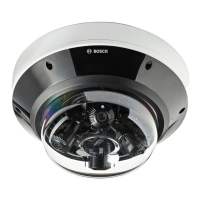
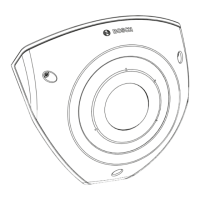

